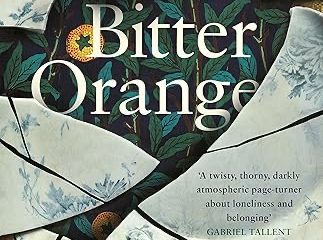Colorless Tsukuru Tazaki and his Years of Pilgrimage by Haruki Murakami
Reviewed by Amanda Read
In high school, Tsukuru Tazaki had four close friends. The friends did everything together. So concerned were they to maintain the status quo, they studiously avoided splintering into smaller groups. Yet, while each of his friends had a special talent – the jock, the science nerd, the comedienne, and the beauty – Tsukuru always wondered what he brought to the group. By coincidence, ‘his friends’ names contain a colour, ‘the two boys’ last names were Akamatsu—which means ‘red pine’—and Oumi—‘blue sea’; the girls’ family names were Shirane—‘white root’—and Kurono—‘black field’. Tazaki was the only last name that did not have a color in its meaning. From the very beginning this made him feel a little bit left out.’
Then, one day, his friends shun him, saying they never want to see him again.
Tsukuru spends the next sixteen years unable to commit to intimacy. He eventually meets Sara (more therapist than girlfriend), who encourages him to confront his former friends, to uncover why he had been ostracised.
This quest takes a supernatural turn, yet the mysteries, ultimately, are of the “what’s it all about” variety. From being an adolescent perched on the threshold of things to come, through loneliness, to the ennui and motivation of adulthood.
Translated from the Japanese by Philip Gabriel, Colorless has a distinctly American palette, which prompts the question: has the text lost any of the subtle hues of Murakami’s original?



0 Comments